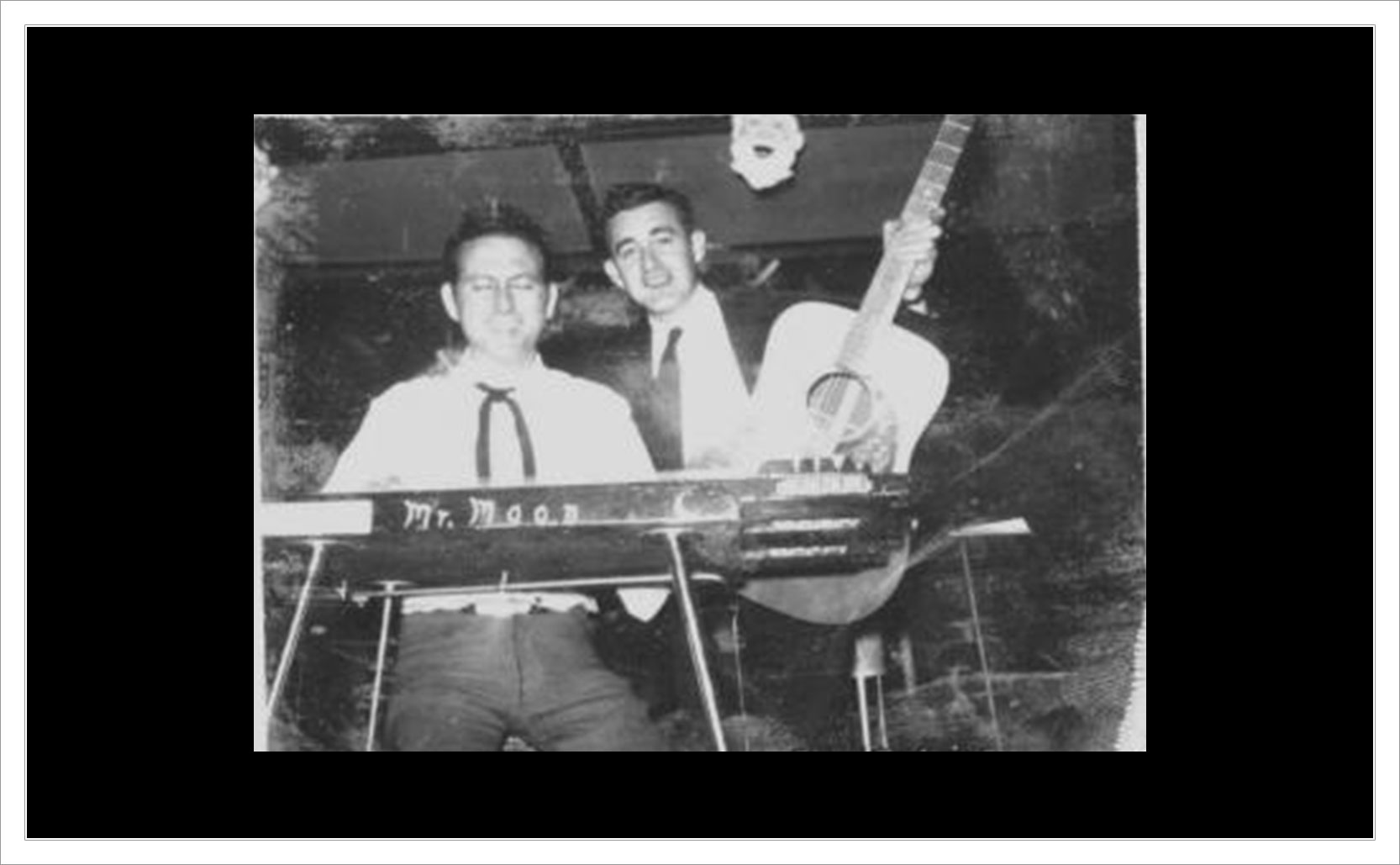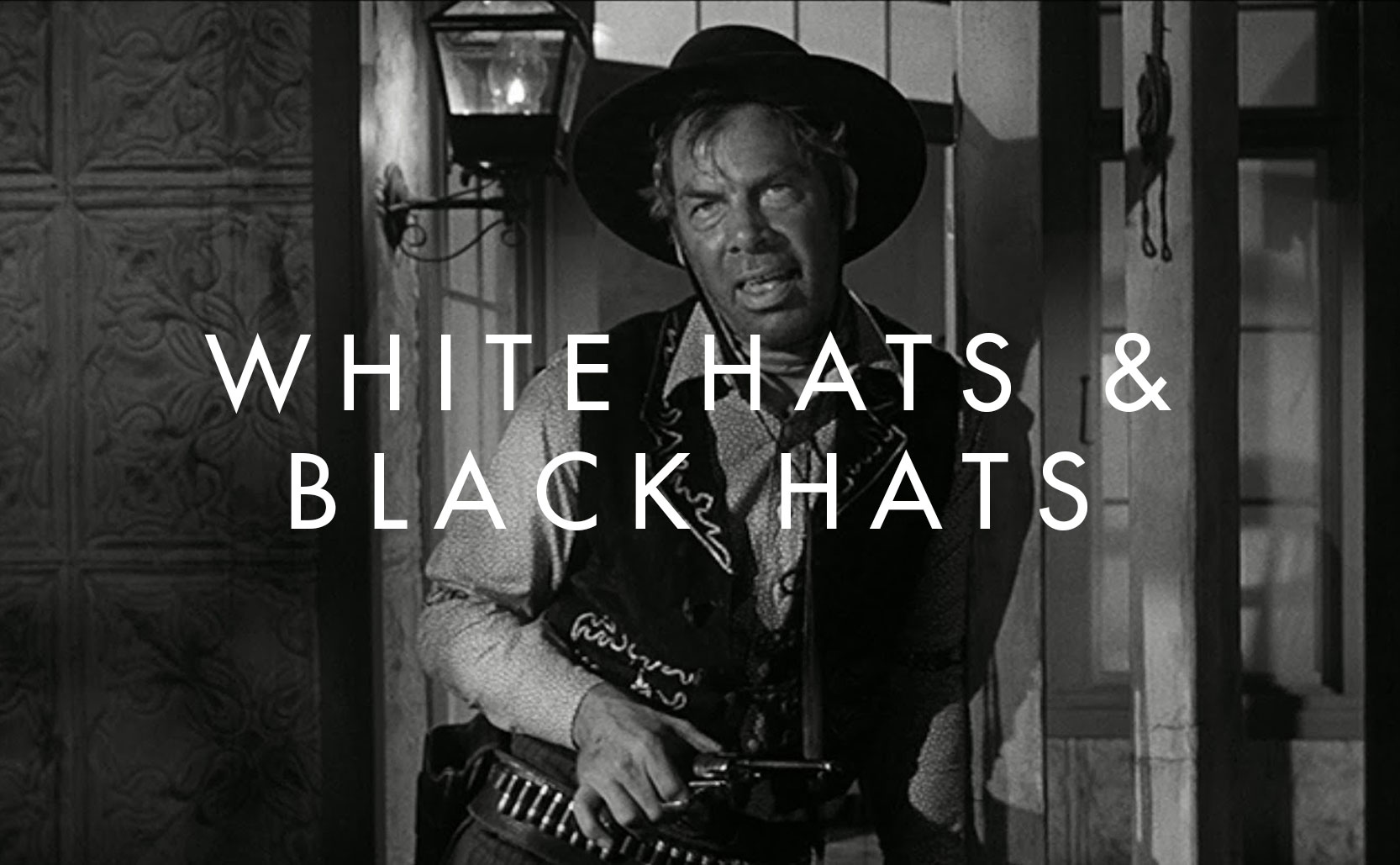The Pedal Steel & Ralph Mooney
The pedal steel guitar shaped decades of country music and Ralph Mooney is a legendary master of the instrument.
Part of the sound of classic country is the pedal steel guitar. It’s the sliding, bending, sometimes crying sounding instrument that fills in the background as well as takes solos. Before most modern country abandoned classic country artists & sounds, the pedal steel was a standard part of the genre for decades.

Steel TO PEDAL STEEL
The pedal steel guitar started life (without its pedals) in Hawaiian music. In 1889 Joseph Kekuku took a metal bolt he found along the railroad tracks in Honolulu and slid it along the strings of his Spanish guitar. He knew he had a sound that was different. He then created a new style of guitar, the lap steel guitar (aka the Hawaiian guitar), which was designed to be laid across the performer’s lap. By the 1930s these were electrified and they got setup with legs to get them off the musician’s lap. Eventually these instruments found their way into western swing.
In 1939 Alvino Rey worked to get the first pedals added to his steel guitar. In 1952 Zane Beck added knee levers. With pedals and knee levers, this formed a new instrument called the pedal steel guitar. The pedals & knee levers, when pushed, bend the strings to raise or lower the pitch of notes changing their sounds. This augmentation of notes was done before the musician would play the strings, but in 1953 Bud Isaacs bent the notes while they were already played on the Webb Pierce song Slowly. While it sounds normal now, at the time it was an entirely new way of playing. This was the dawn of a huge change in country music. A whole host of pedal steel players arose to shape country music and one of the best was Ralph Mooney.

One of the Best, Ralph Mooney
Born in 1928 in Duncan, Oklahoma, Ralph Mooney moved to California when he was 12. He started playing the steel guitar but when he learned about the pedal steel he built his own. He started playing in bands and it was in 1950 that he met Wynn Stewart. Stewart, along with Buck Owens and others, helped define the Bakersfield sound and Ralph Mooney was a big part of that. Like any genre, country music has lots of subgenres and the Bakersfield sound was the subgenre coming out of California in the 1950s. It didn’t sound like the more polished music that was coming from Nashville at the time (aka “Countrypolitan”), it had more of a honky-tonk early-rock sound and the pedal steel was integral to that sound.
With Wynn Stewart, Mooney recorded numerous classics such as Wishful Thinking, Another Day Another Dollar, and Together Again. Mooney is even name-checked before his (really incredible) solo on Stewart’s 1965 Sing A Sad Song. Mooney also recorded with Buck Owens on several big songs including Under Your Spell Again and Heartaches for a Dime.
In 1971 Mooney influenced the rising new subgenre of Outlaw country when he started recording with Waylon Jennings, who was one of Mooney’s biggest fans. You can hear some of Mooney’s best work with Waylon on 1973’s Lonesome, On’ry and Mean, Mammas Don’t Let Your Babies Grow up to Be Cowboys, and Ladies Love Outlaws.

Crazy Arms
Ralph Mooney’s pedal steel work alone would have made him a country music legend, but he was also the cowriter of the mega hit Crazy Arms. The 1956 version by Ray Price became a number one hit and stayed at number one for 20 weeks. It has since become a country standard but is so popular that it’s been recorded by musicians across genres such as Chuck Berry, Jerry Garcia, and Louis Armstrong.
So while there have been many great pedal steel players, Ralph Mooney helped shape the Bakersfield sound, Outlaw country, and ultimately influenced country music in ways that are still heard today.
Added info: The fantastic Cocaine & Rhinestones podcast has an entire episode devoted to Mooney which is a must-listen for fans of classic country.




